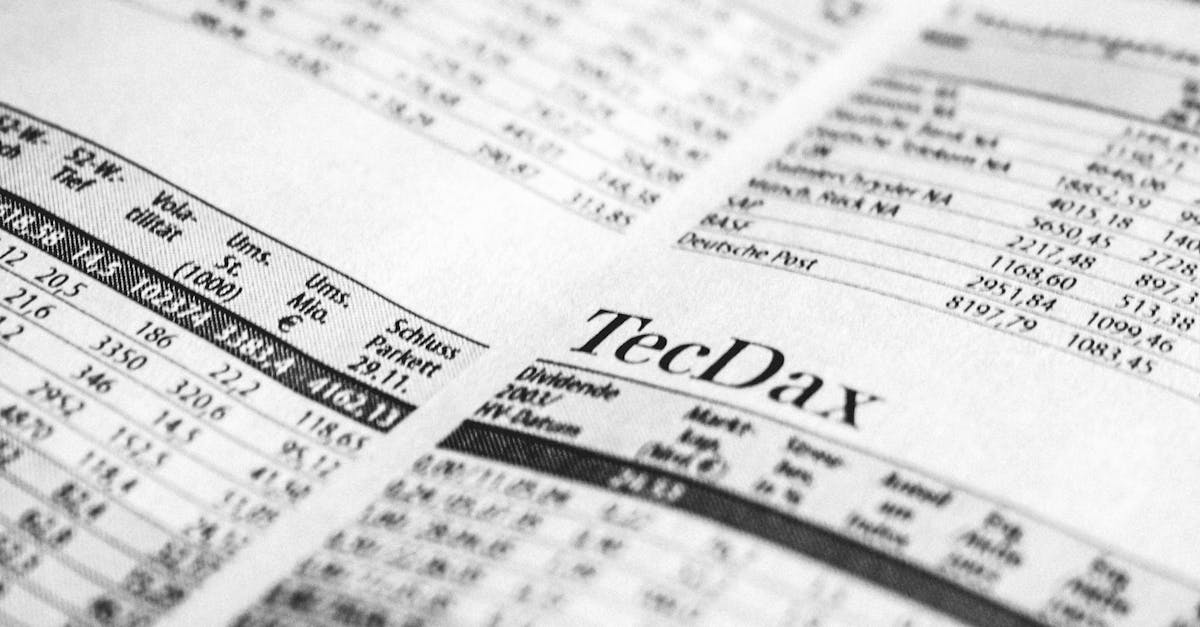One of the biggest losers as of today's premarket session is software company Grab Holdings Limited, a whose shares are down -6.9%, underperforming the Nasdaq by -6.3%. At $2.85, GRAB is 56.15% below its average analyst target price of $6.5. The average analyst rating for the stock is strong_buy. GRAB lagged -6.1% behind the S&P 500 index today, and by -60.5% over the last year, returning -73.3%.
Grab Holdings Limited is a technology company. The tech sector encompasses a wide range of industries such as computer software, computer hardware, semiconductors, scientific instruments, communications equipment, and consumer electronics. Despite the sector’s spectacular boom and bust at the turn of the century, investors still flock to tech companies in the hopes of capturing gains.
Valuations in the technology sector are often very high, as investors are willing to overlook gaps in the fundamentals if they believe a company’s innovations can dominate or create new markets. Despite the significant risks involved, just about everyone from professional portfolio managers to amateur investors consider technology companies such as Facebook, Apple, Google, and Microsoft as “safe” bets.
As of the second quarter of 2022, the average Price to Earnings (P/E) ratio of US technology companies is 20.64, and the S&P 500 average is 15.97. The P/E ratio consists in the stock's share price divided by its earnings per share (Eps), representing how much investors are willing to spend for each dollar of the company's earnings. Earnings are the company's revenues minus the cost of goods sold, overhead, and taxes.
Contrary to earnings, gross profits margins are calculated on the basis of the company's cost of goods sold (i.e. cost of labor and materials only) subtracted from sales revenues. The extent of gross profit margins implies how much freedom the company has in setting the prices of its products. A wider gross profit margin indicates that a company may have a competitive advantage, as it is free to keep its product prices high relative to their cost. In GRAB's case, the gross profit margins are -65.8%, which shows that it is operating in a highly competitive market, where it is unable to raise its prices (and thus increase its margins) without losing customers to its competitors.
Another valuation metric for analyzing a stock is its Price to Book (P/B) Ratio, which consists in its share price divided by its book value per share. The book value refers to the present liquidation value of the company, as if it sold all of its assets and paid off all debts. As of the second quarter of 2022, the average P/B ratio for technology companies is 5.39. In contrast, the average P/B ratio of the S&P 500 is 2.95. Grab holdings limited's P/B ratio is 1.4, telling us that the market value of the company exceeds its book value by a factor of 1, but is still below the average P/B ratio of the Technology sector.
Since it has a negative P/E ratio, a lower than average P/B ratio, dismal profit margins, an analyst consensus of strong upside potential, and weak cash flows, Grab holdings limited is likely overvalued at today's prices. We hope you enjoyed this basic overview of GRAB's fundamentals. Make sure to check the numbers for yourself, especially focusing on their trends over the last few years.
Thanks for reading! If you love stock analysis, make sure to subscribe to our free daily newsletter!


